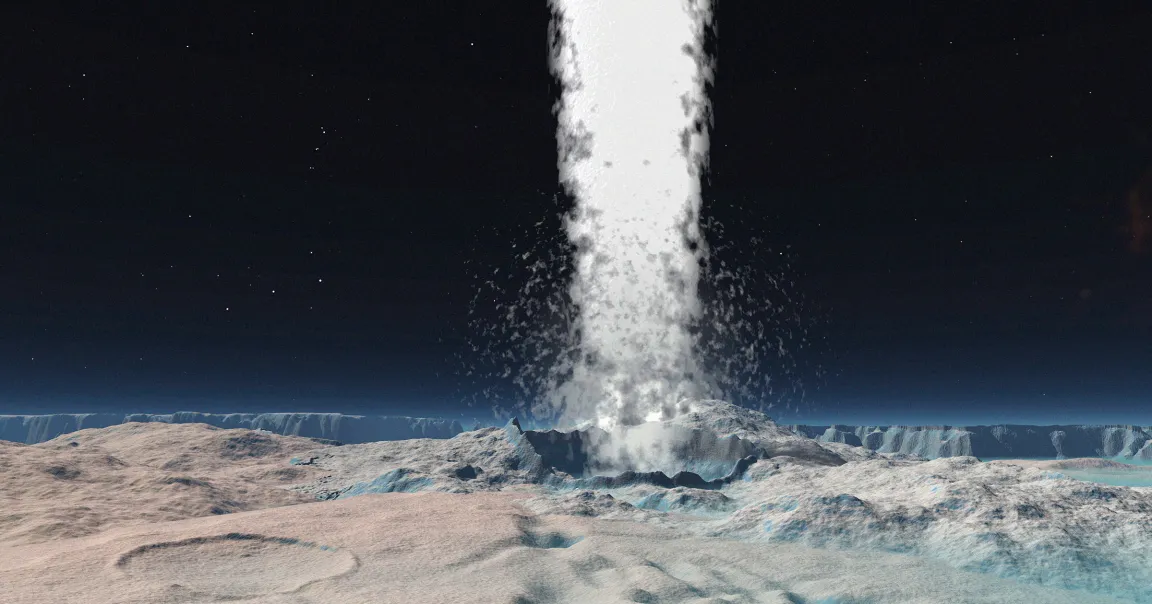New analysis of more than two decades of satellite observations reveals a startling trend: the planet is reflecting less sunlight into space, meaning Earth is literally getting dimmer. The effect is global, but significantly more pronounced in the Northern Hemisphere. Scientists warn this subtle shift may carry serious implications for climate balance, energy dynamics, and our understanding of how Earth responds to warming.
How We Know: The Role of Radiation, Albedo, and Satellite Monitoring
What Is Being Measured
At the heart of the discovery lies the planet’s radiation budget — a delicate balance between incoming solar radiation, the portion reflected back into space, and the heat emitted by Earth. If reflection drops or absorption increases, more energy stays in the system, contributing to warming.
Satellites carrying instruments under NASA’s Clouds and the Earth’s Radiant Energy System (CERES) program have monitored these flows for decades. By combining data on incoming solar energy, cloud cover, surface reflectivity (albedo), water vapor, and outgoing infrared heat, scientists can estimate how much of Earth’s energy is being retained or lost.
What the Data Reveals
Over the 24-year span studied, both hemispheres show a trend toward reduced reflectivity (darker surfaces). However, the Northern Hemisphere is darkening faster. In practical terms, this means the north is absorbing more solar energy relative to how much it reflects — an imbalance that models suggest is not being fully compensated by natural circulatory systems (such as ocean and atmospheric currents).
Key observations include:
- A decline in surface albedo (i.e. reflectivity) driven by loss of snow and ice, especially in polar and subpolar regions.
- Decreasing aerosol concentrations (from cleaner air) in industrialized zones, which leads to fewer particles that seed reflective clouds.
- Alterations in cloud properties (type, altitude, coverage) that reduce their ability to reflect sunlight.
Together, these factors tilt the balance toward greater absorption, accelerating warming beyond what would be expected from greenhouse gases alone.
Why the Northern Hemisphere Is More Affected
Several dynamics cause the north to be hit harder:
- Melting Ice & Snow Cover Loss
Vast expanses of snow and sea ice once acted as natural mirrors. As they vanish, darker surfaces like ocean water, bare ground, or vegetation absorb more light. - Cleaner Skies, Less Scattering
Over recent decades, many areas in North America, Europe, and parts of Asia have reduced air pollution. Cleaner air means fewer aerosols to scatter sunlight and form reflective clouds — a double-edged gain for human health, but a loss for planetary reflectivity. - Cloud Compensation Limits
For years, scientists believed clouds might compensate for reflectivity loss by adapting (increasing, changing altitude, thickening). But the new data suggest clouds can’t keep up with rapid changes, especially in the north. - Unequal Feedbacks
The Northern Hemisphere absorbs more heat as well, which increases outgoing infrared emissions. That helps cool outward energy — but only to a point. The net energy gain remains positive.
The Implications: More Than Just a Darker Planet
This dimming has wide-ranging consequences — not all obvious at first glance:
- Amplified warming: Less reflection means more retained energy, reinforcing the greenhouse warming already underway.
- Regional climate shifts: Areas in the Northern Hemisphere may experience more heating relative to the global average. That could intensify heatwaves, drought stress, or shifts in rainfall patterns.
- Modeling accuracy: Climate models must now incorporate these albedo and reflectivity changes more precisely. If models underestimate darkening, they may underpredict future warming.
- Feedback loops: Darker surfaces lead to more warming, which leads to more melting, which leads to still less reflectivity — a classic positive feedback loop.
- Limits of natural balancing: The idea that oceans and atmospheric circulation can redistribute energy evenly between hemispheres may be less reliable under rapid change.
What Must Be Done Next
- Extended monitoring
Twenty-four years is a strong span, but the authors stress that longer records are needed to confirm trends and distinguish natural variation from persistent change. - Better cloud physics in models
Clouds remain one of the biggest uncertainties in climate predictions. This study underscores the urgency of refining how clouds are represented in models, particularly their reflective behavior and responses to human-driven changes. - Regional impact studies
Scientists will need to examine how dimming affects individual regions: Arctic zones, mid-latitudes, temperate forests, and urban areas. Some places may warm faster; others might see altered precipitation. - Policy implications
Policymakers should consider these changes in assessments related to climate mitigation, adaptation strategies, and carbon budgets. What once was considered safe warming might already be underestimating heat accumulation. - Cross-disciplinary coordination
Geographers, atmospheric scientists, hydrologists, ecologists, and energy planners must integrate this insight into broader climate frameworks.
Conclusion
The discovery that Earth is getting darker — especially in the Northern Hemisphere — is more than a curious curiosity. It’s a warning light. It indicates that the planet’s energy dynamics are shifting in ways that could compound warming and stress global systems in subtle but powerful ways.
What began as a silent drift toward dimmer Earth now demands our attention. The key question: can we adapt fast enough — scientifically, socially, politically — to understand and offset these hidden shifts before they define the new baseline of our climate future?
















Leave a Reply